10 Survival Lifehacks That Could Save Your Life
Be prepared for any contingency with these clever survival lifehacks.
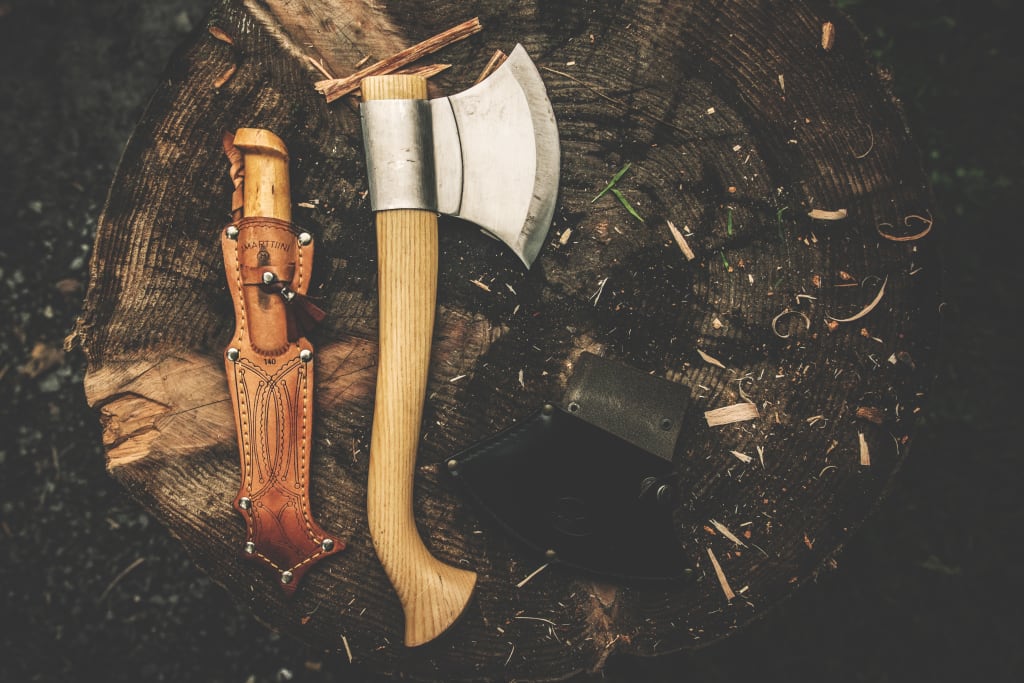
It's always best to be fully prepared for any situation and have all the tools and resources you need for survival. But life isn't a neat little package, and you may someday find yourself in a tricky position without the recommended or obvious tools to get out of it. Luckily, the world is also a complex place, and there's room for improvisation and substitution in these situations. So keep these survival lifehacks in mind, and be prepared for any situation that may arise—no matter how unprepared you might feel. Whether you're preparing for zombie survival or a camping trip, or you're just interested in being ready for anything, here are some tricks to keep in your back pocket.
Wounds can be closed up with superglue.

Photo by Brian Patrick Tagalog on Unsplash
Even if you have survival gear, one of the most important things you need to be able to improvise is first aid. While you never want to cut corners when it comes to illness and injury, there are some quick tricks you can learn to patch yourself up in a pinch, which may save your life—or a limb—in a tough situation. The first thing you should know is that wounds can be closed up with superglue. Obviously, a legitimate suture kit is the best thing for any wound, but many people have been able to close up lacerations long enough to stop the blood loss and get to a hospital or clinic, even if they're hours or days away from civilization. Just pull the wound closed (you don't want to get glue IN the wound), and run the glue over the top. Keep it pinched closed until the glue can dry, and it will stop any further bleeding. Just make sure to clean it as best you can beforehand: If you have alcohol swabs, that's best, but any kind of disinfectant, even a splash of vodka, will help fend off infection.
A smoky fire can work well as an insect repellent.
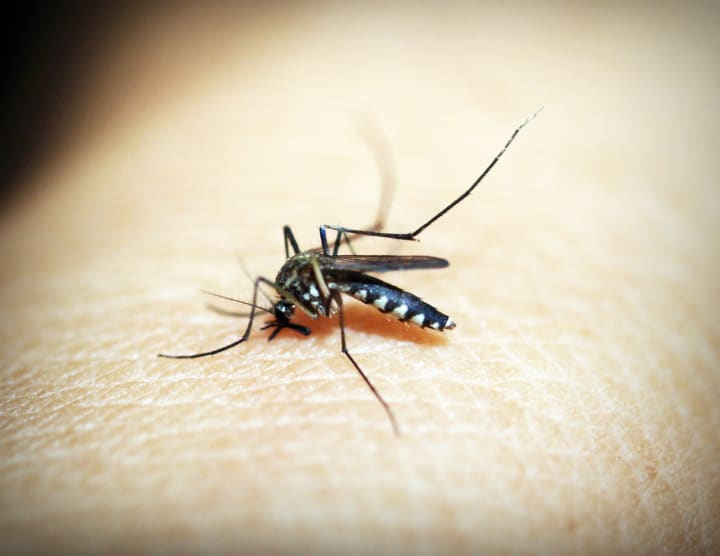
Photo by icon0.com from Pexels
An often underestimated danger of the world is insects. While bug bites often seem relatively innocuous, if annoying, they can also carry potentially life-threatening diseases. If you're in danger of being exposed to disease-carrying mosquitoes or other insects and don't have a can of Off! handy, you can use these survival lifehacks to keep yourself safe from both bites and diseases:
First, fire is your number-one, all-inclusive survival hack. It provides warmth, enables you to boil and disinfect water, cook food, and create light. But it can also protect you from bugs. Because insects are repelled by smoke, a smoky fire can work just as well as an insect repellent as long as you stay near it.
If you can't just sit in a cloud of smoke forever, there are also some natural plants that you can use as a makeshift insect repellent. Just rub the oils of lavender, rosemary, citronella, catnip, marigolds, or a combination thereof onto your skin.
There are a lot of quick substitutes for getting a fire going in a pinch.

Photo by Cullan Smith on Unsplash
As I mentioned, for many reasons, fire is often the number-one key to survival. But you won't always have a lighter or box of matches with you, or you may not be able to get a fire going without the proper dry wood and kindling. Here are some quick substitutes for getting a fire going in a pinch:
- Alcohol swabs: If you're unable to get your fire started without good tinder/starters, you can very easily use alcohol swabs instead. Because of the alcohol, they are highly flammable and guaranteed to catch fire. But, unlike trying to use straight alcohol, the cotton also burns easily and longer, giving you time to get a real fire going.
- Doritos: One of the most fun survival lifehacks that many people don't know about is Doritos. Believe it or not, whether you're using nacho cheese or any of those crazy discontinued Doritos flavors (or any similar snack), these chips catch fire very easily and can help you get your fire started in a pinch.
- Cotton and wax: A cotton ball or pad coated in wax will do as a firestarter as well. Just make sure the cotton is dry, dip it in melted wax, and set it aflame.
You can magnify and project the heat of small candles using simple terra cotta pots.

Photo by Marek Szturc on Unsplash
Especially if you live in cold climates, you will someday need to know how to create heat when the electricity goes out. It's fine to start a fire when you're out camping, but that's not a good idea to heat a home or enclosed room. Instead, you can magnify and project the heat of small candles using simple terra cotta pots. If you have a large terra cotta flower pot, you can put a few candles underneath it and turn it upside down. Or, if you only have small pots, you can place them strategically throughout the room over single candles. The terra cotta conducts heat, and you'll soon have a surprising amount of warmth radiating out.
Any reflective screen can reflect the sun's rays across miles.
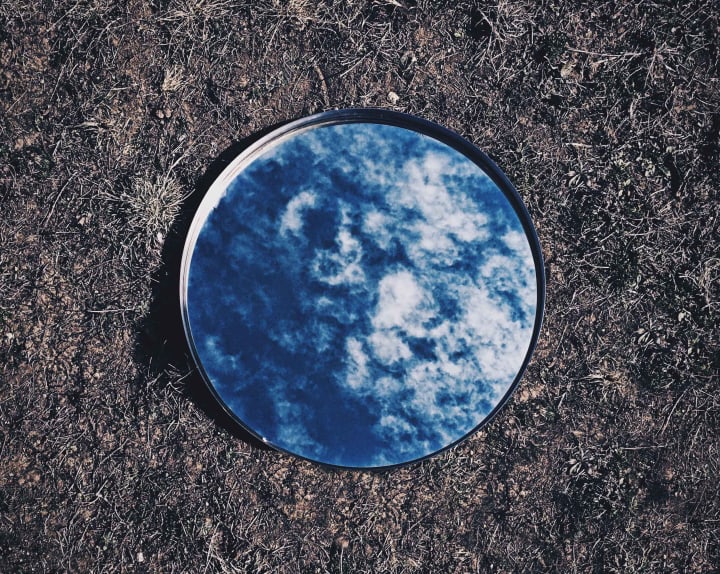
Photo from Snapwire via Pexels
If you're lost or stranded in the wilderness, your life could be in serious danger. Even the most experienced outdoorsmen will have trouble surviving in the wilderness for long. So it's important to be able to signal for help if you're ever in such a situation.
First of all, there's a universal whistle code for "help, I'm lost": just three blasts of equal length. But you're far from guaranteed to have a whistle on you at all times, so the next best thing is reflective signals. You can use any reflective mirror to create reflective signals with the sun, but you don't even need to have a mirror with you. Any reflective screen, the back of a CD, or really any kind of reflective metal object, can reflect the sun's rays across miles.
There are a few ways to find food and clean water in the wilderness.
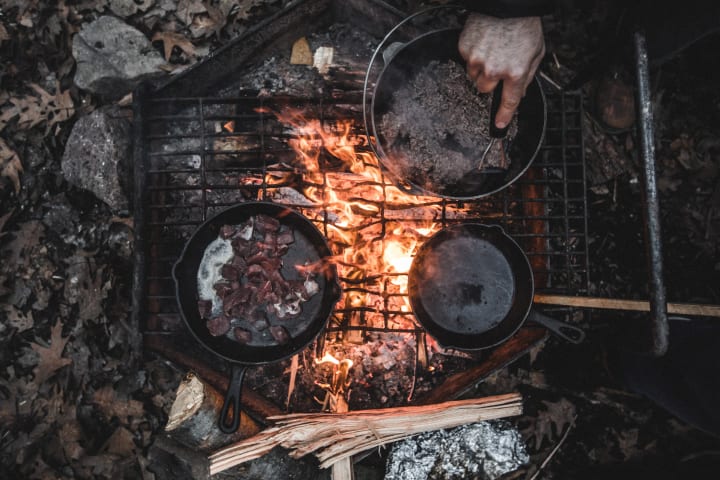
Photo by Teddy Kelley on Unsplash
First of all, you can catch fish with a handmade fishing gorge. Just take a small stick, sharpen both ends, and attach your bait to one sharp end. Then make a notch in the center, and wrap your line around it. Toss it in the water, and wait for a nibble. Then just yank on the line, and the stick will turn inside the fish, hooking it in.
Another way to catch fish without a standard tackle set is by making your own fish hooks. Just break a metal pop can top off, and cut it in half. Then you just have to file one of the dangling ends to a point, and you've got yourself a perfectly sharpened fish hook.
But food isn't everything: You also need to be able to collect clean water. You can make a very effective rain-catcher out of a simple tarp and bucket. Just tie up the four corners of the tarp so that it slopes at a slight downward angle, directing the water right into the bucket.
Make a frame out of sticks and moss to help keep you warm.

Photo by Daniel Joseph Petty from Pexels
Food and water, warmth, and, of course, shelter: the basic necessities for survival. But shelter without warmth won't keep you alive for long in the face of harsh conditions. So, when you need to stay warm, you need to do more than just pull a tarp over your head. A good survival tarp will keep you dry and safe from the elements, but it won't keep you warm for long. To remedy this, you should make a frame out of sticks and moss to drape the tarp over, creating extra insulation to protect you from the elements and the cold. Even in reasonably temperate climates, nights can get dangerously chilly.
The Yucca plant is a great sewing resource.
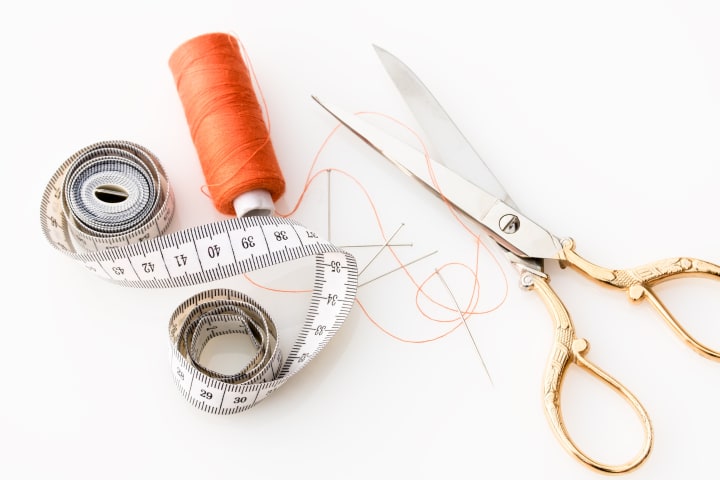
Photo from Pixabay via Pexels
While sewing might not seem an obvious necessity for survival, the ability to mend your clothing and shelter is absolutely crucial to long-term survival when you have limited resources. While it's always a good idea to keep a sewing kit with you for emergencies, there very well may be times when you find yourself needing to fix something without it. But if you can find the right kind plant, you can make your own instant sewing kit. For example, the Yucca plant, a native to the Southwest United States, parts of the West Indies, and Mexico, is a great sewing resource. Yucca leaves have barbed ends, but the plant is made of a strong fiber, so you can peel away strips until you're left with a single, barbed twine. To make it extra strong, you can double that strip. Then you're left with a needle and thread in one.
You can make a "lamp" out of a gallon jug and a headlight.

Photo from LED Supermarket via Pexels
While you can (and should) get some of the best tactical flashlights for under $50, you may not always have a light source. It's not always listed as a basic necessity for survival, but being able to make light is a crucial skill for getting anything else done once the sun goes down—including finding or making shelter and other basic needs. When you don't have electricity or a natural source of light, you can use one of these survival lifehacks to light your activities.
The first thing to keep in mind is that you can create candles out of just about any kind of wax. You can light a crayon on fire to make an instant candle or make a makeshift wick out of rope or another flammable source and stick it into a can of Crisco, which will function just as well.
You can also make a "lamp" out of a gallon jug and a headlight. Just fill the jug full of water and shine the light through it: The water will disperse the light evenly, lighting up a room rather than just shining a beam.
You can make a compass with water, a leaf, and a needle.
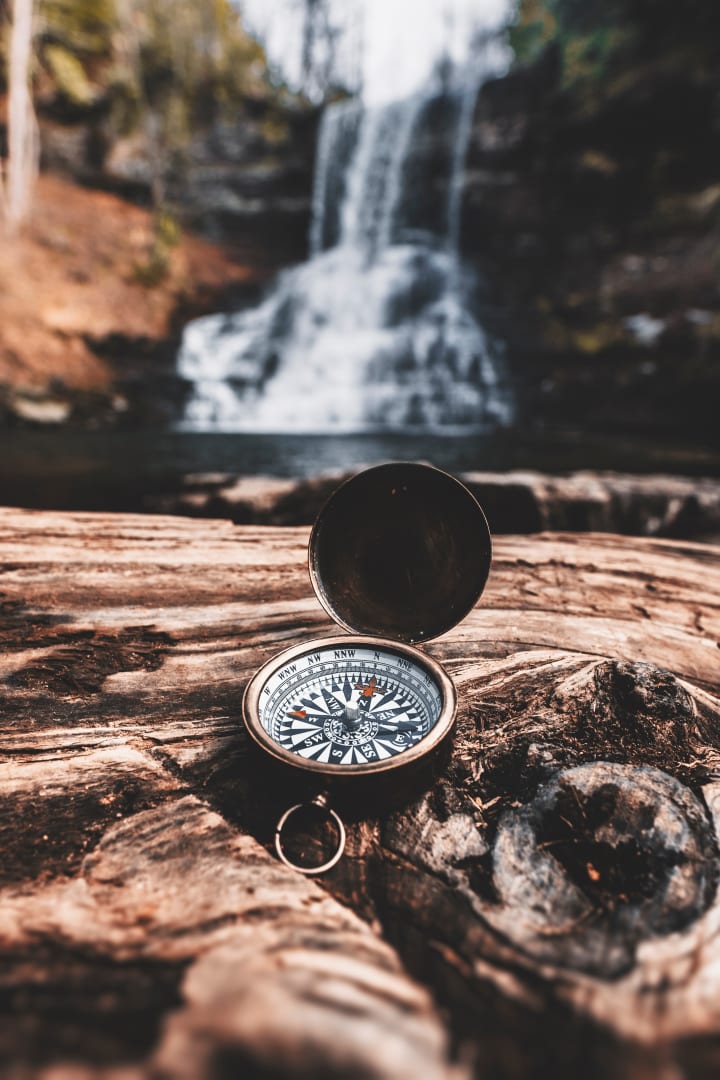
Photo by Bryan Minear on Unsplash
In a survival situation, you can't afford to get lost. But when you don't have a compass handy, that can be more difficult than it sounds. Luckily, you can make a compass quickly with just some water, a leaf, and the right kind of metal. The most important aspect is the metal: You need a small, thin bit of real metal to act as a compass needle. An actual needle or small piece of water would be ideal. Then, all you need is a still container for the water and use the leaf to keep the needle afloat. Without the counteracting forces at play on the ground, the floating needle will automatically orient towards the north and south.
About the Creator
Nicola P. Young
Lover of Books, Saxophone, Blogs, and Dogs. Not necessarily in that order. Book blogger at heartofinkandpaper.com.






Comments
There are no comments for this story
Be the first to respond and start the conversation.